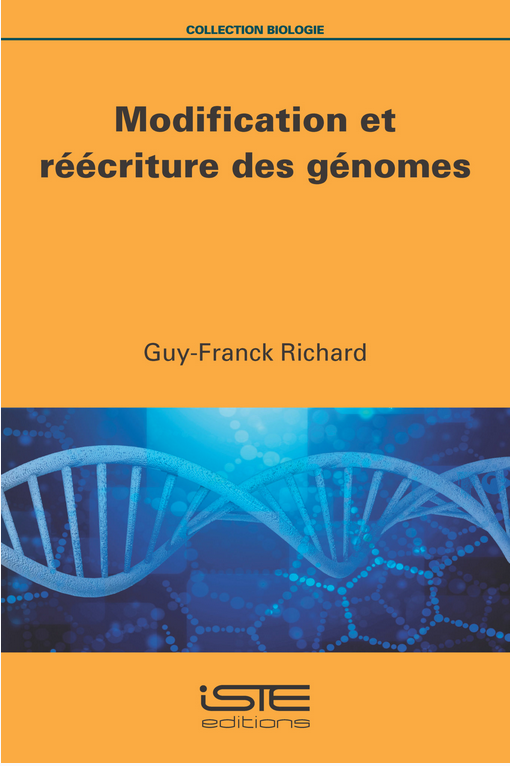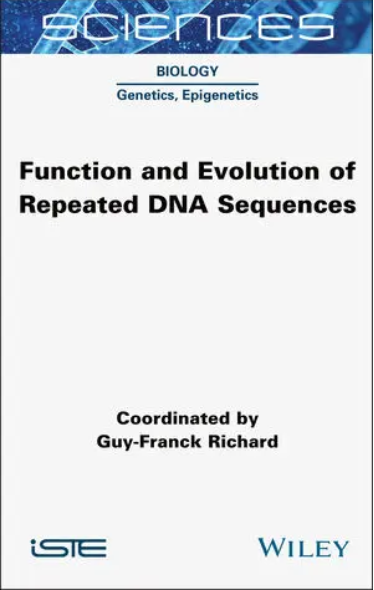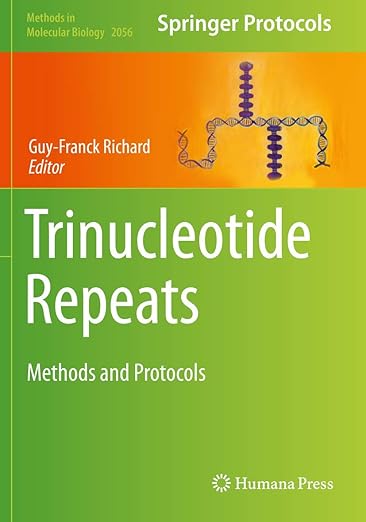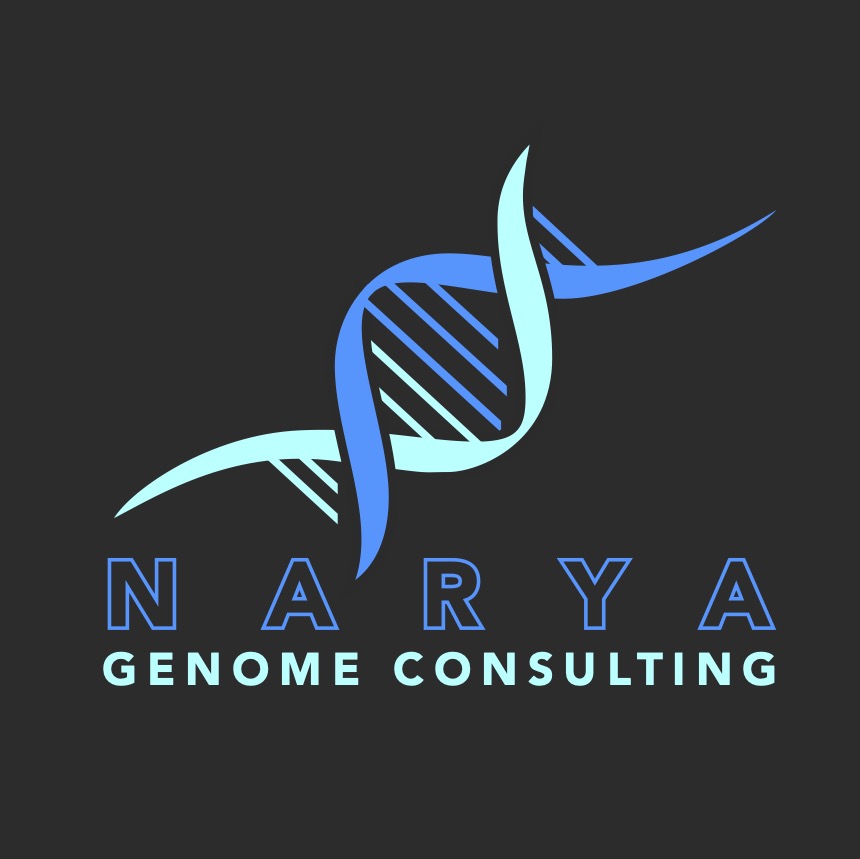BOOKS ON GENOMICS, EVOLUTION AND GENOME EDITING
MODIFICATION ET REECRITURE DES GENOMES

In the most didactic way possible, Guy-Franck Richard aims to popularize essential genetic concepts that are often misunderstood by the general public: what is a mutant? Is there a difference between a natural mutation, selected by nature over thousands of years, and an artificial mutation created by man? How can the Darwinist theory of natural selection of mutations, revisited in the light of twentieth-century discoveries, still be the only synthetic explanation of the evolution of species? What tools are available for modifying genomes, and what different methods are used? What are the risks involved in modifying genomes, and what technological and legal safeguards need to be put in place? Finally, could the synthesis and modification of genomes to create new animal and plant species help mankind to face the greatest challenge of the 21st century: surviving the sixth extinction?
DES COMETES AUX HUMAINS
In this book, Guy-Franck Richard attempts to summarize our knowledge of the origin and evolution of living things, based on the laws of physics, chemistry and biology, from the first organic molecules made in the heart of oceanic hot springs or on the surface of comets. We will discover that living beings are imperfect, that new inventions are few, and that diversity is mostly created by “evolutionary tinkering”, as was originally coined by François Jacob in 1977. Everything that once seemed rather mysterious now becomes clearer when you look at DNA sequences.
Guy-Franck Richard discusses the scientific theory of natural selection in the light of recent data from the sequencing of numerous genomes. Living beings transmit their genes not only from one individual to its descendants, but also between individuals belonging to different species. This hybridization has played a decisive role in shaping all living things, including our own species.
Thanks to the sequencing of ancient DNA, we can read the history of humanity in the genomes of our ancestors, from the time the first Homo sapiens left the African continent 60,000 years ago.
Synthetic biology and the modification and rewriting of genomes are discussed, with all that these approaches bring both as hope for humanity to transcend its own species and as an immense societal challenge.
Finally, the incredible progress in astrophysics means we can finally turn our gaze to the stars and seek the answers we are still lacking to the origins of our own existence.

FUNCTION AND EVOLUTION OF REPEATED DNA SEQUENCES

The genome of a living being is composed of DNA sequences with diverse origins. Beyond single-copy genes, whose product has a biological function that can be inferred by experimentation, certain DNA sequences, present in a large number of copies, escape the most refined approaches aimed at elucidating their precise role. The existence of what 20th century geneticists had already perceived (and wrongly described as ‘junk DNA’!) was confirmed by the sequencing of the first complex genomes, including that of Homo sapiens. A large part of what defines a living thing is not unique, but repeated, sometimes a very large number of times, increasing in complexity by successive duplications and multiplication. Understanding and defining the many functions of this myriad of repeated sequences, as well as their evolution through natural selection, has become one of the major challenges for 21st century genomics.
The existence of what 20th century geneticists had already perceived (and wrongly described as ‘junk DNA’!) was confirmed by the sequencing of the first complex genomes, including that of Homo sapiens. A large part of what defines a living thing is not unique, but repeated, sometimes a very large number of times, increasing in complexity by successive duplications and multiplication.
TRINUCLEOTIDE REPEATS – METHODS AND PROTOCOLS
Since the discovery of the first human disorder linked to trinucleotide repeat expansions, almost three decades ago, researchers in the field have been fascinated by the unusual properties of these peculiar microsatellites. In order to understand the complex dynamics of trinucleotide repeats, experimental designs were conceived in model systems such as bacteria, yeast, flies, human cells and transgenic mouse. One aspect of the problem complexity is reflected by the technical challenges raised by secondary structure-forming repeats and their propensity to contract and expand over time. Genetic screens in Saccharomyces cerevisiae will be described, whereas experimental systems to study trinucleotide repeat instability in human cells will also be detailed. Another aspect of the trinucleotide repeat complexity is displayed by the large collection of tissues and cell types affected by these different pathologies. For instance, in myotonic dystrophy type 1 (Steinert disease) skeletal muscles, heart and the central nervous system are defective, whereas in Friedreich ataxia, neurons of the dorsal root ganglia are the primary affected cells. This variety of tissues led scientists to develop dedicated experimental systems in appropriate cell types. Some of them are described. Finally, tentative gene therapy approaches using the CRISPR-Cas family of endonucleases will be presented.

Cover art by Emily Richard (@emily_.richard_)

